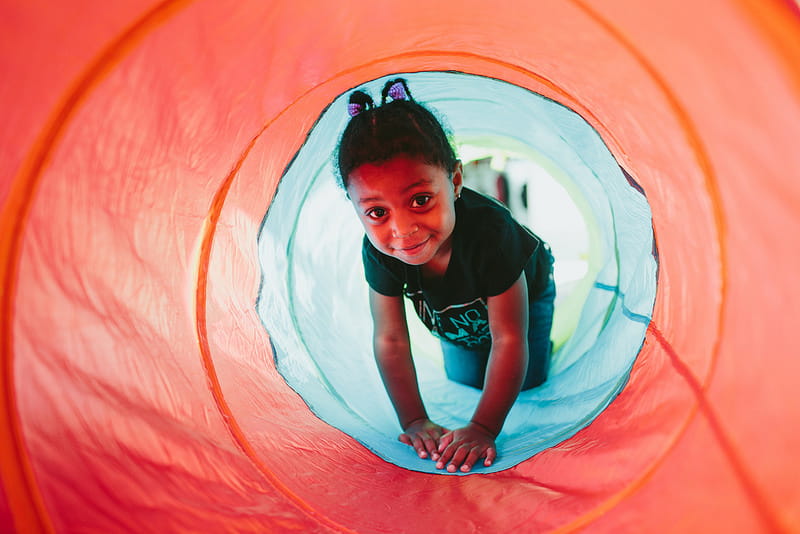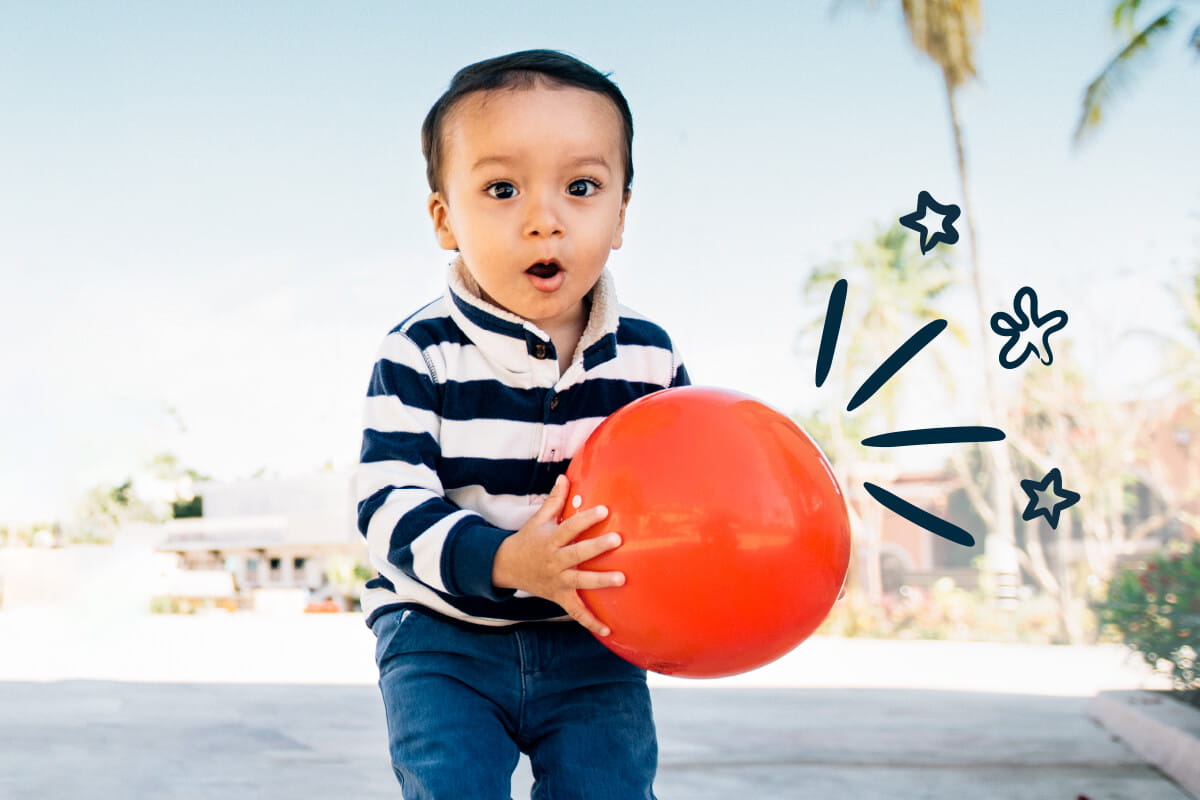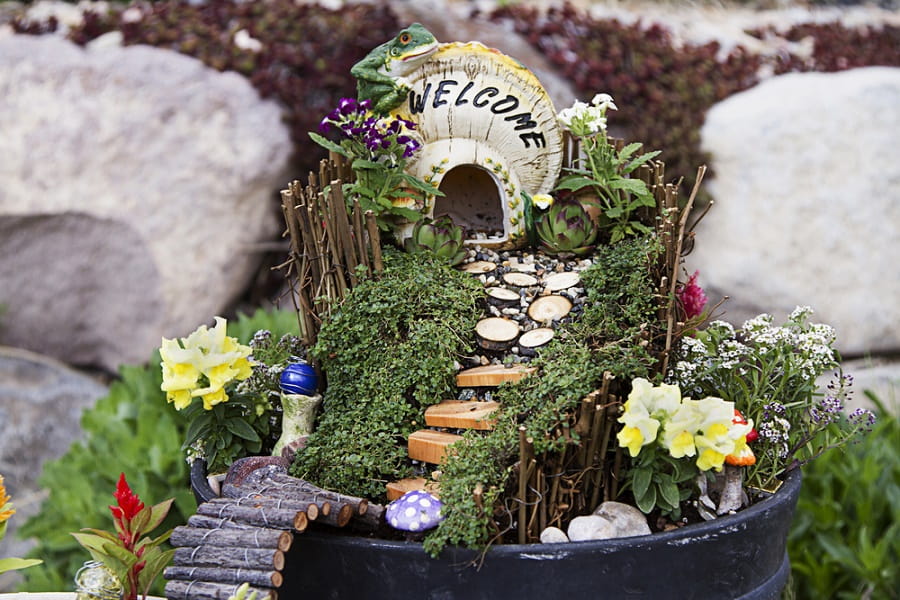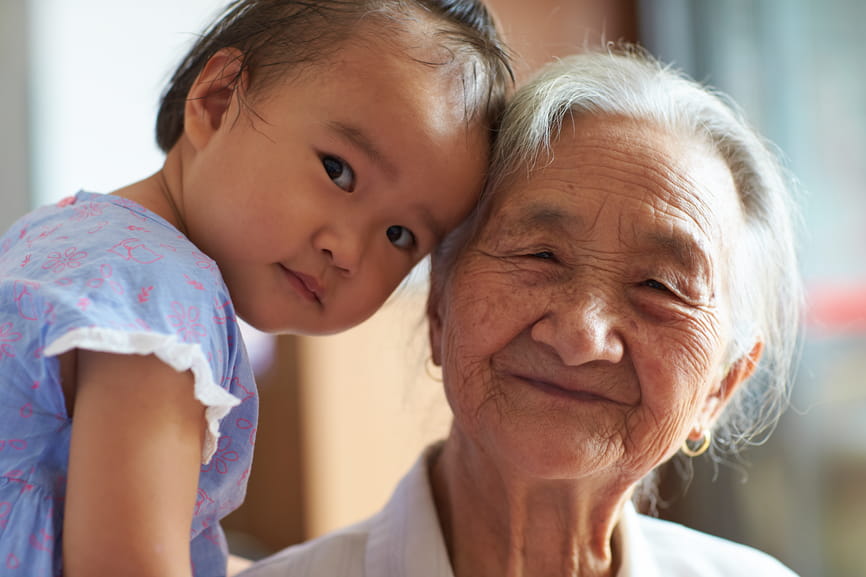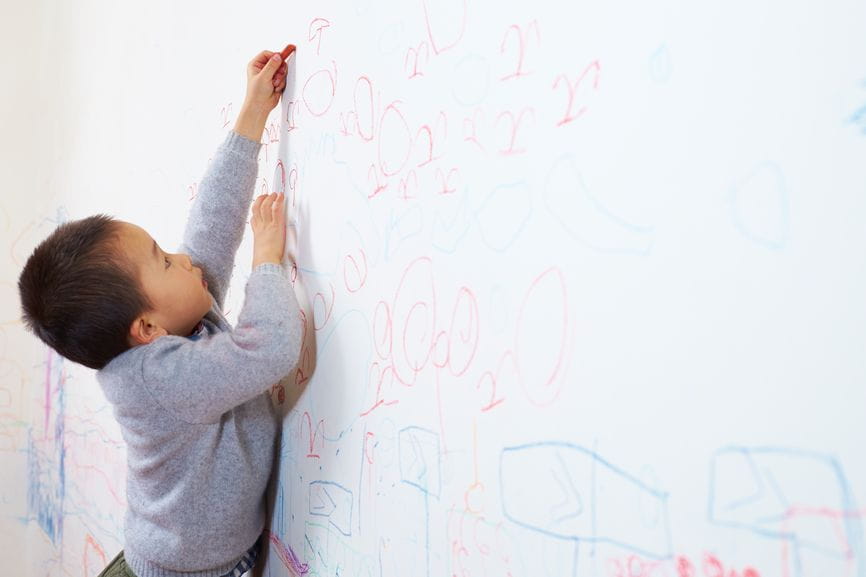Got a Toddler? 5 Rules for Raising Two-Year-Olds (Without Going Nuts)
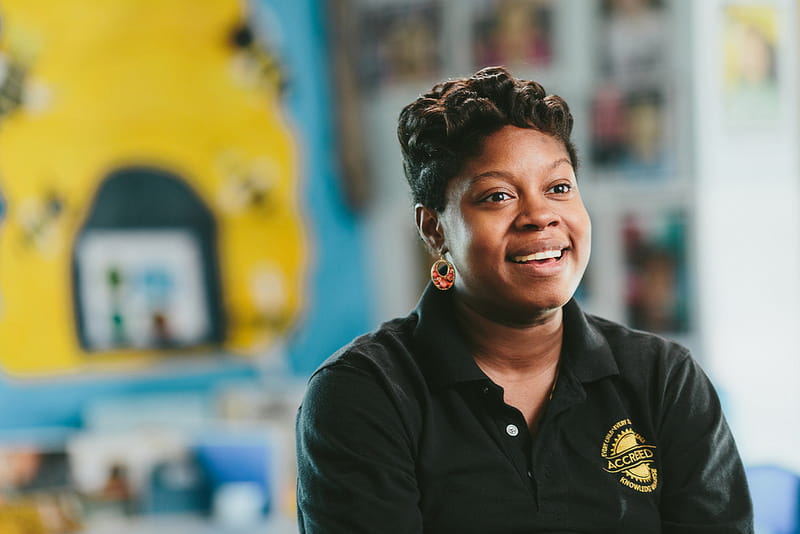
The terrible twos? Not for top teacher Morgan Brown. This award-winning educator loves teaching children at this critical, creative (and yes, sometimes challenging) age.
“This is such an important time,” says this top teacher from Huber Heights, Ohio. “Toddlers are discovering independence at the same time they are being introduced to structured activities. They are developing social and emotional skills, understanding what’s theirs, how to share with others, and care for themselves and the kids around them.”
Brown, who is also a mother to two young children, knows just how to meet toddlers where they’re at—and help them get where they need to go. Here’s how.
1. Toddlers are…becoming more independent!
Your toddler is just starting to explore her independence, so let her! From sorting clothes or toys by color to putting on her own sneakers and learning to share a favorite teddy bear with a friend, your toddler should have a chance to do it herself. When your little one tackles a challenge independently, she gains self-esteem and problem-solving skills.
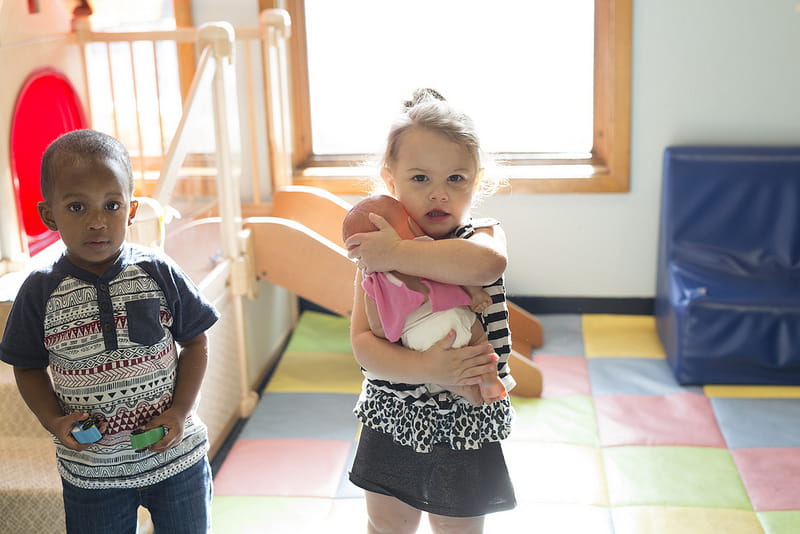
2. Toddlers are…learning how to care for themselves and others.
Your toddler is just starting to learn how to care for himself and the people around him, so give him a chance to practice! A baby doll is a classic toy that teaches caring, but if your truck-loving tot isn’t interested, try another toy or game instead. Brown took an environmental approach to teaching caring by dipping plastic animals in black paint. She then talked to her class about how oil spills happen and asked, How could we care for these animals? “Learning to care can be transferred to anything—not just dolls,” says Brown.
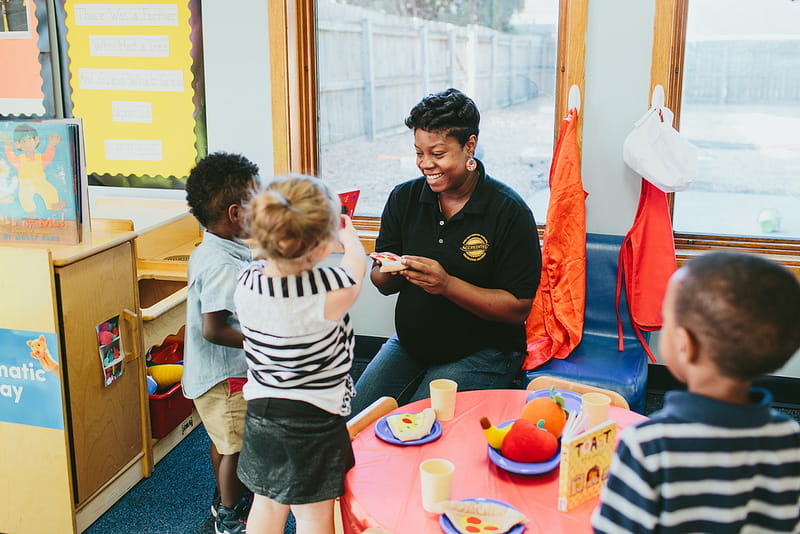
3. Toddlers are…learning daily routines.
At this age, kids are being introduced to more structured activities, like say, a weekday morning routine that gets you out the door (relatively) on time. You can involve your toddler in your daily routine by bringing her own opinions and personality into the mix: Let her pick her favorite morning music to listen to, choose her own clothes to wear (sure, she can wear a tutu!), or pretend to be a bunny and hop all the way to school. “This is a way to teach kids to engage in bigger routines—in their own unique two-year-old way,” says Brown.
4. Toddlers are…learning to express their feelings.
Toddlers have big feelings and they’re just learning how to navigate them. Give your little guy a chance to express his feelings—and when he gets stuck or melts down, help him find a better way to say what he feels. Start by taking him to a quiet spot, getting down to his eye level, and letting him know that if he needs help, he can always ask. Then give him language to express his feelings, like You seem really mad that your sister took your toy. This helps your unhappy toddler learn to use his words the next time he gets mad.
